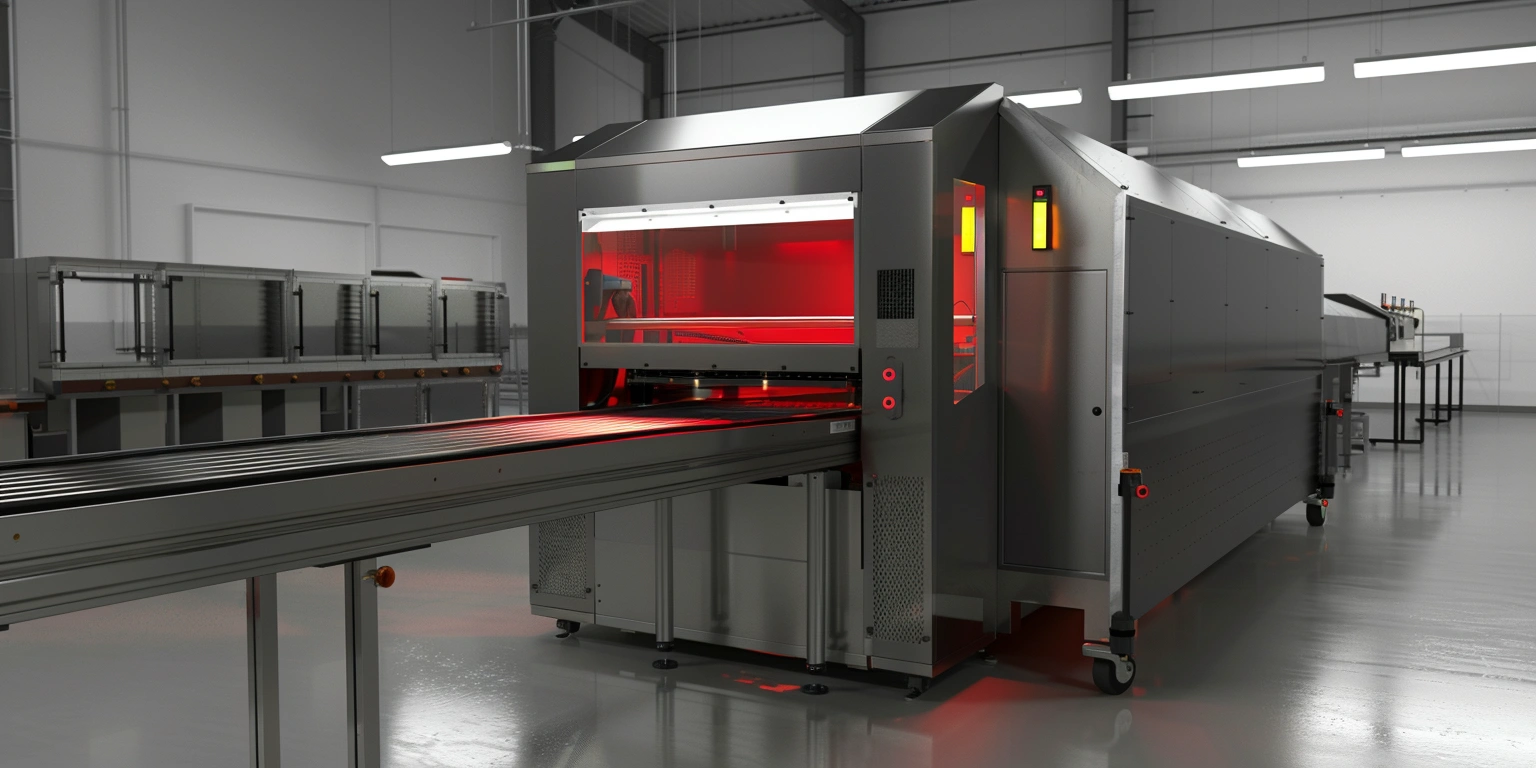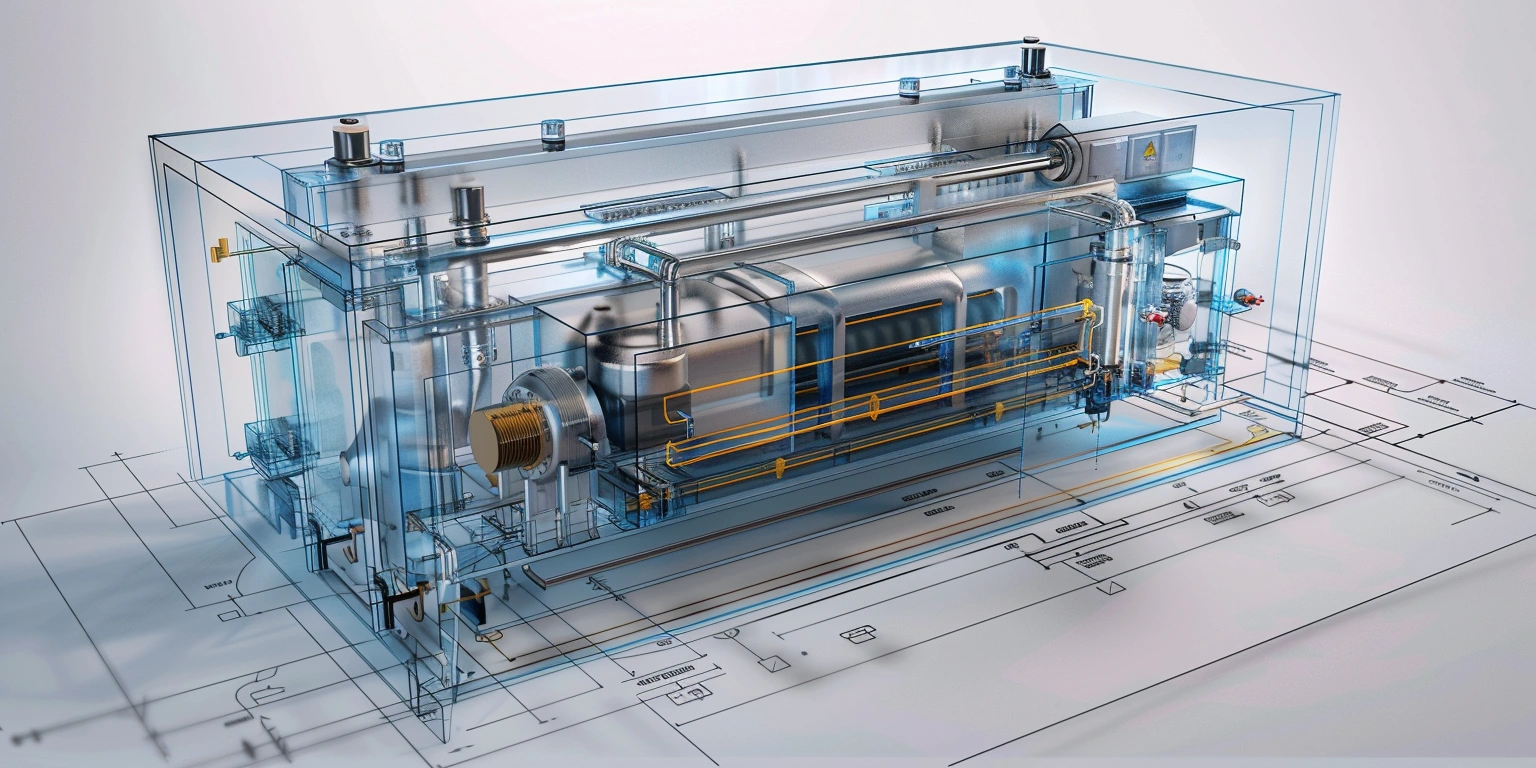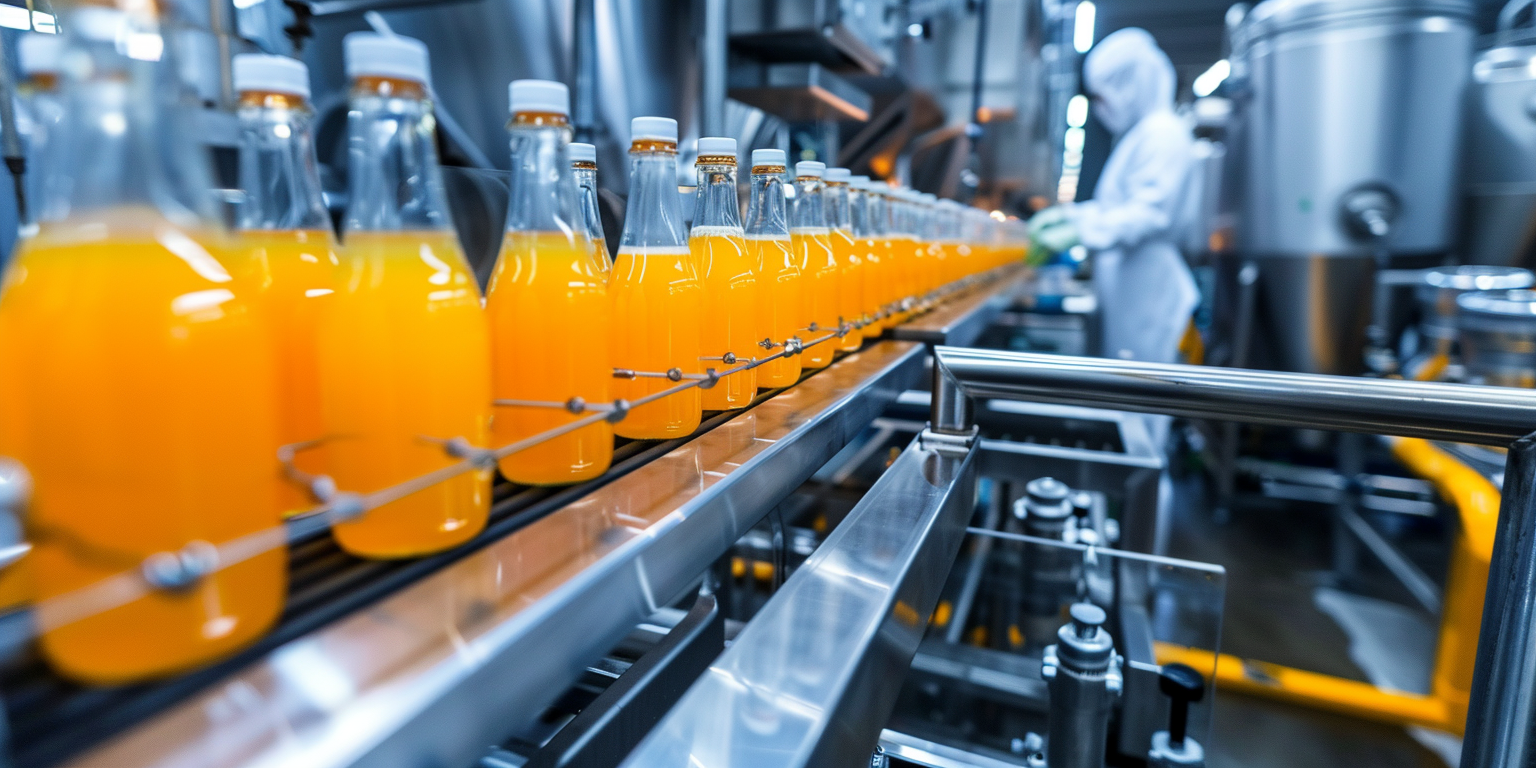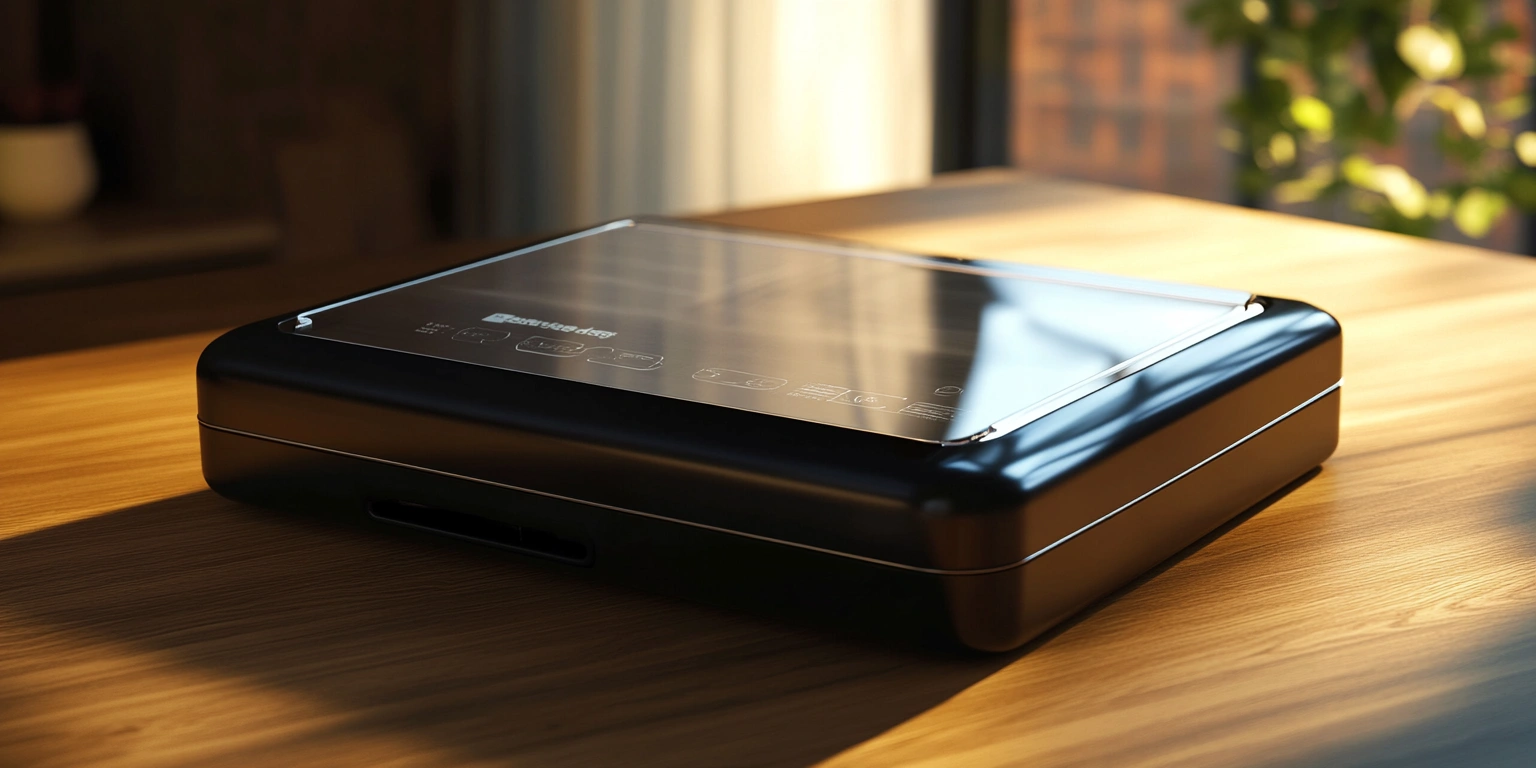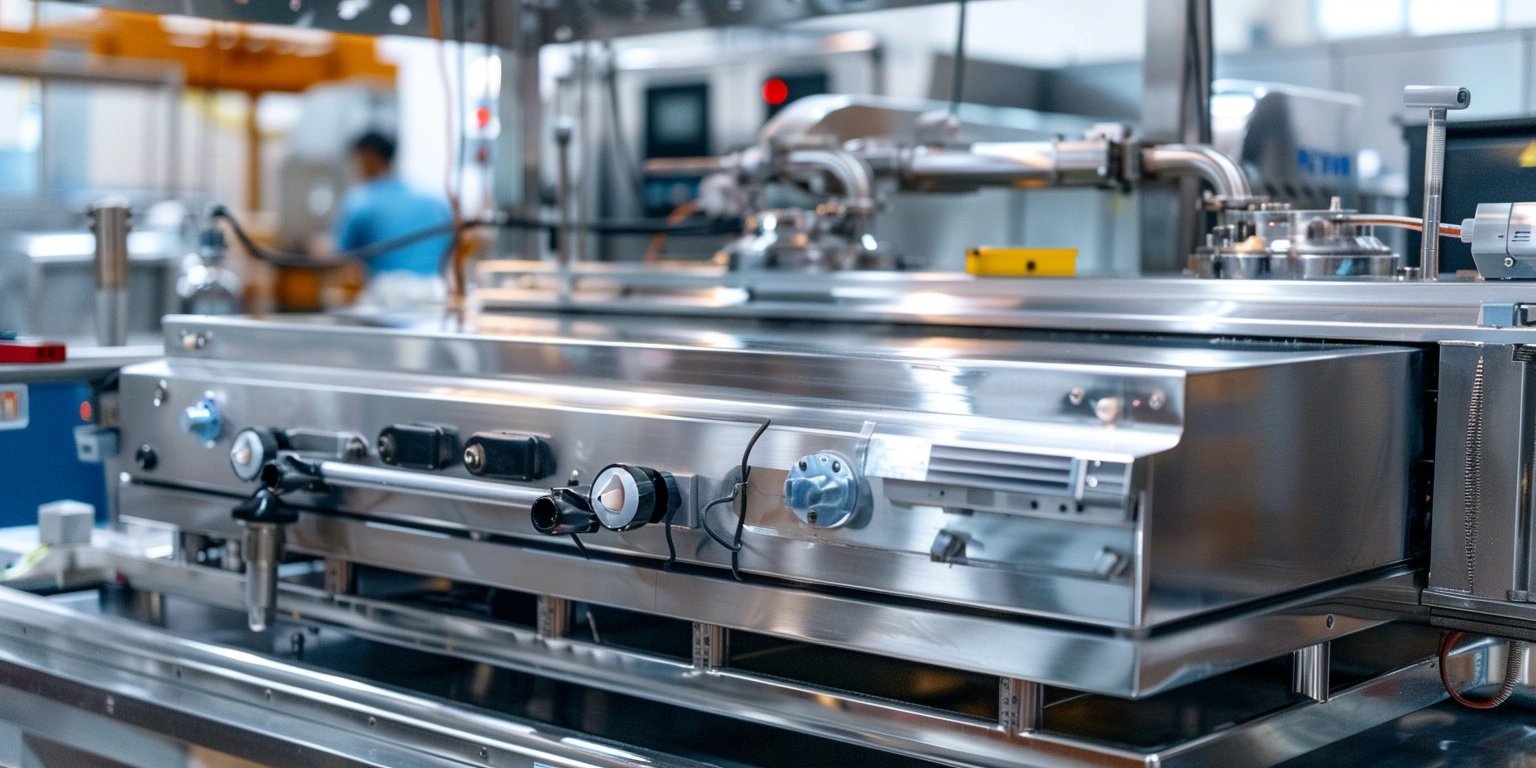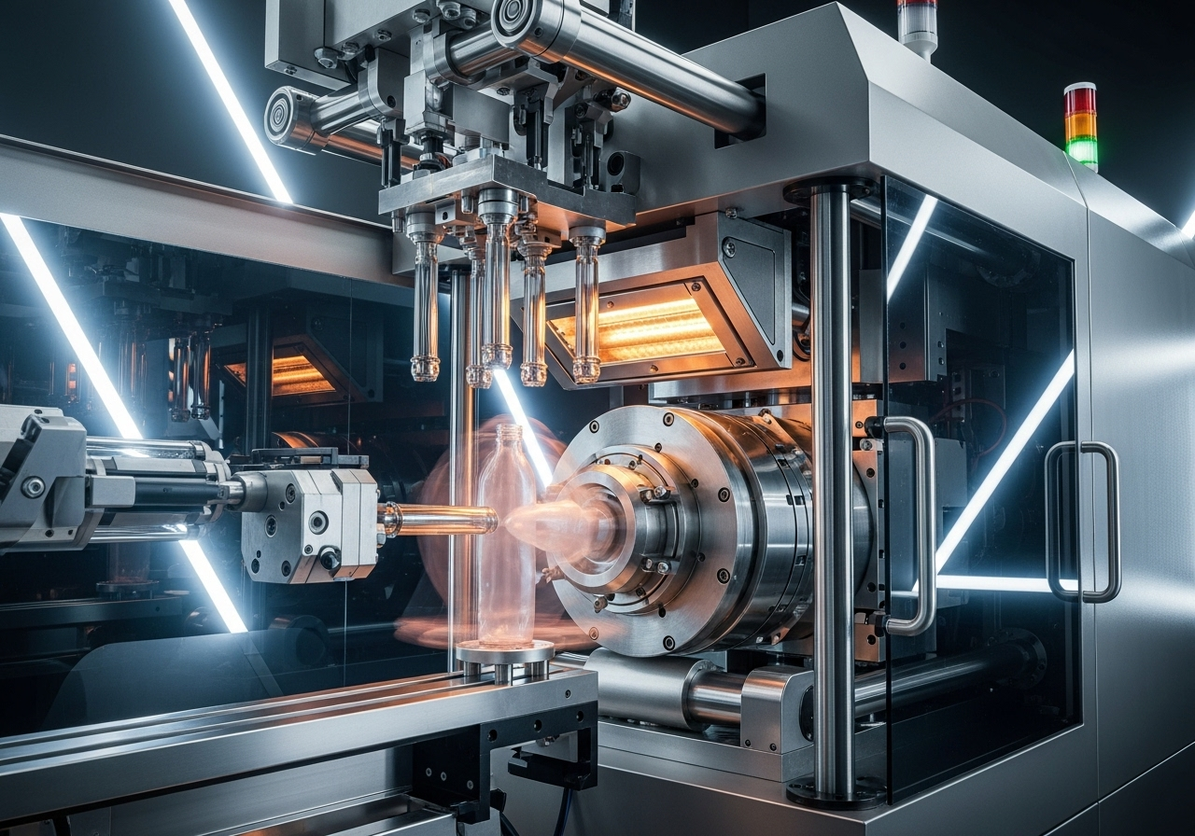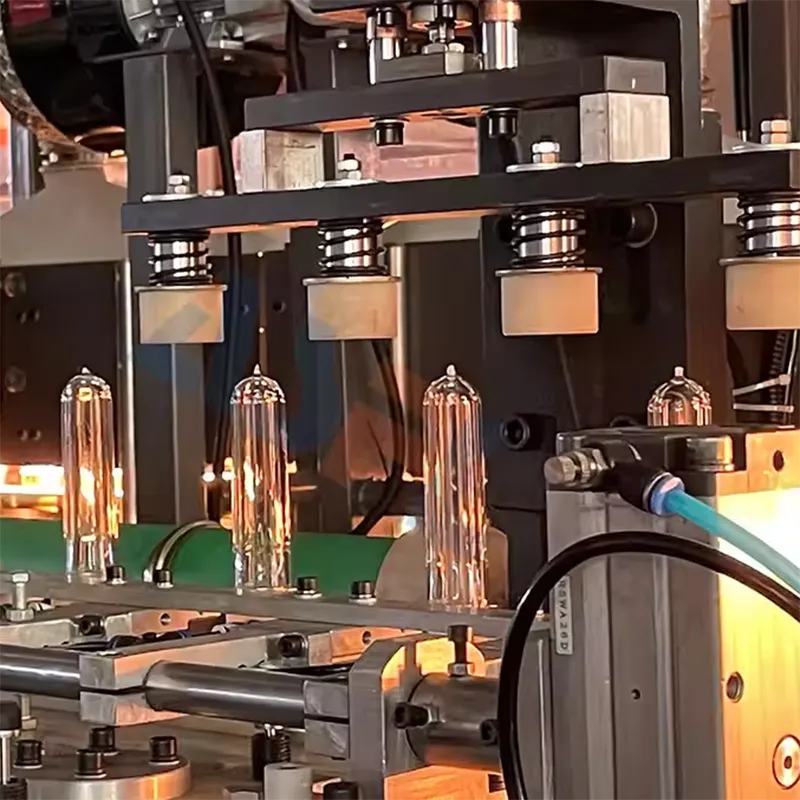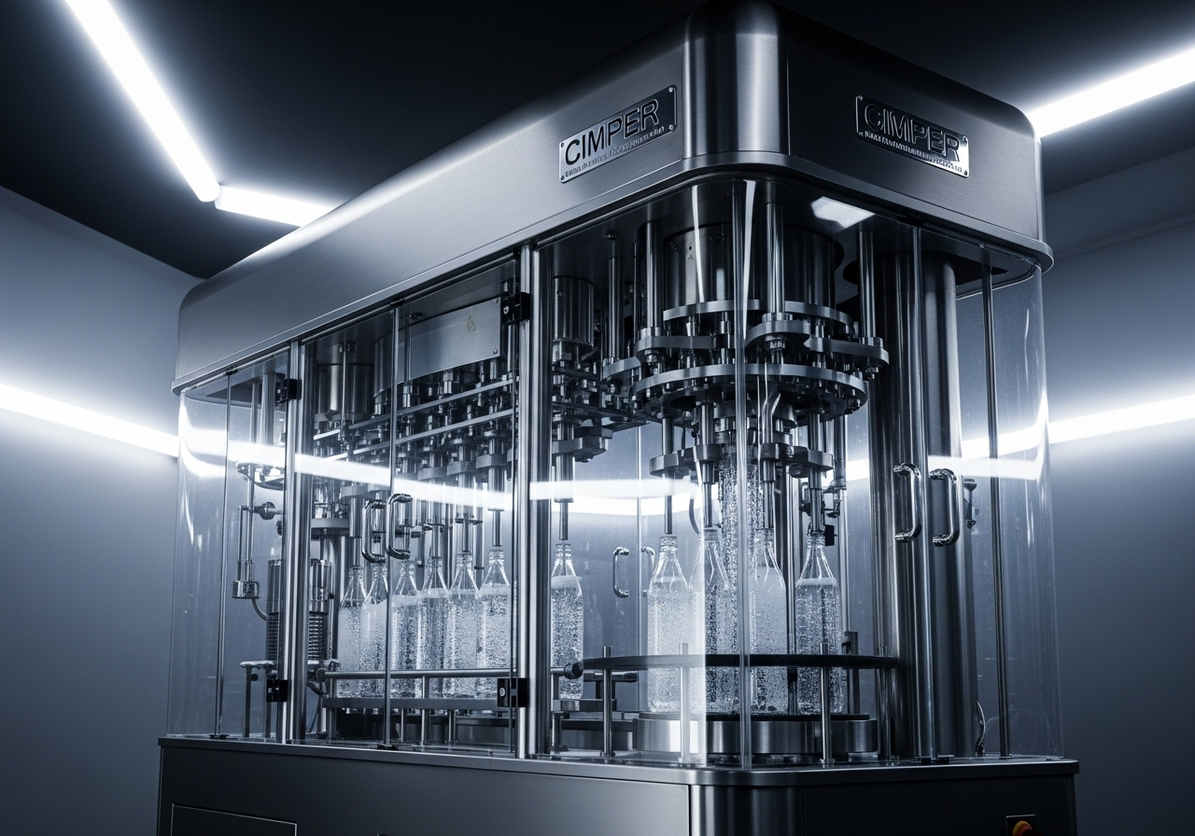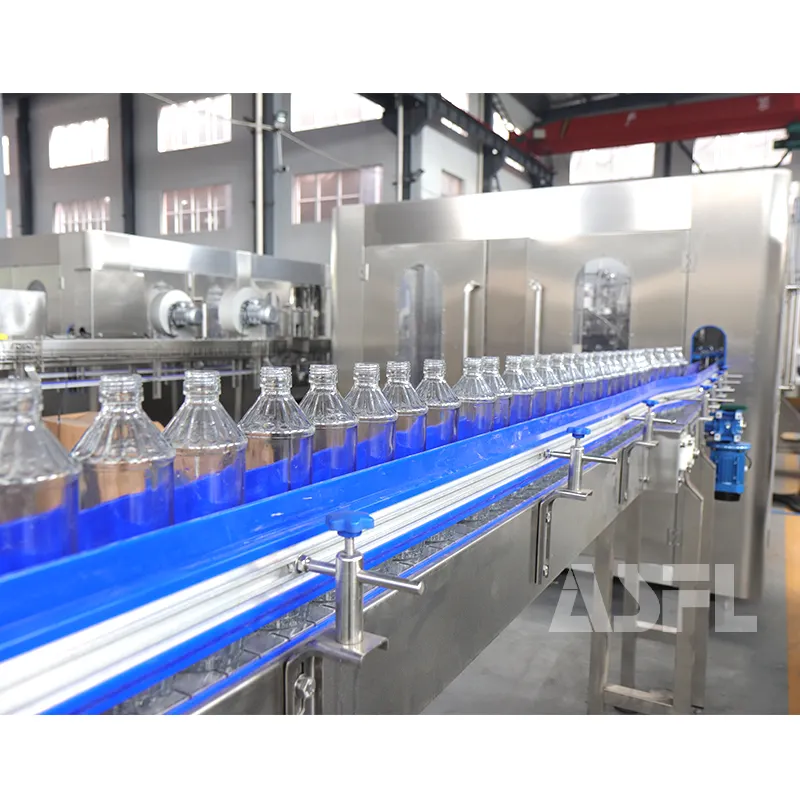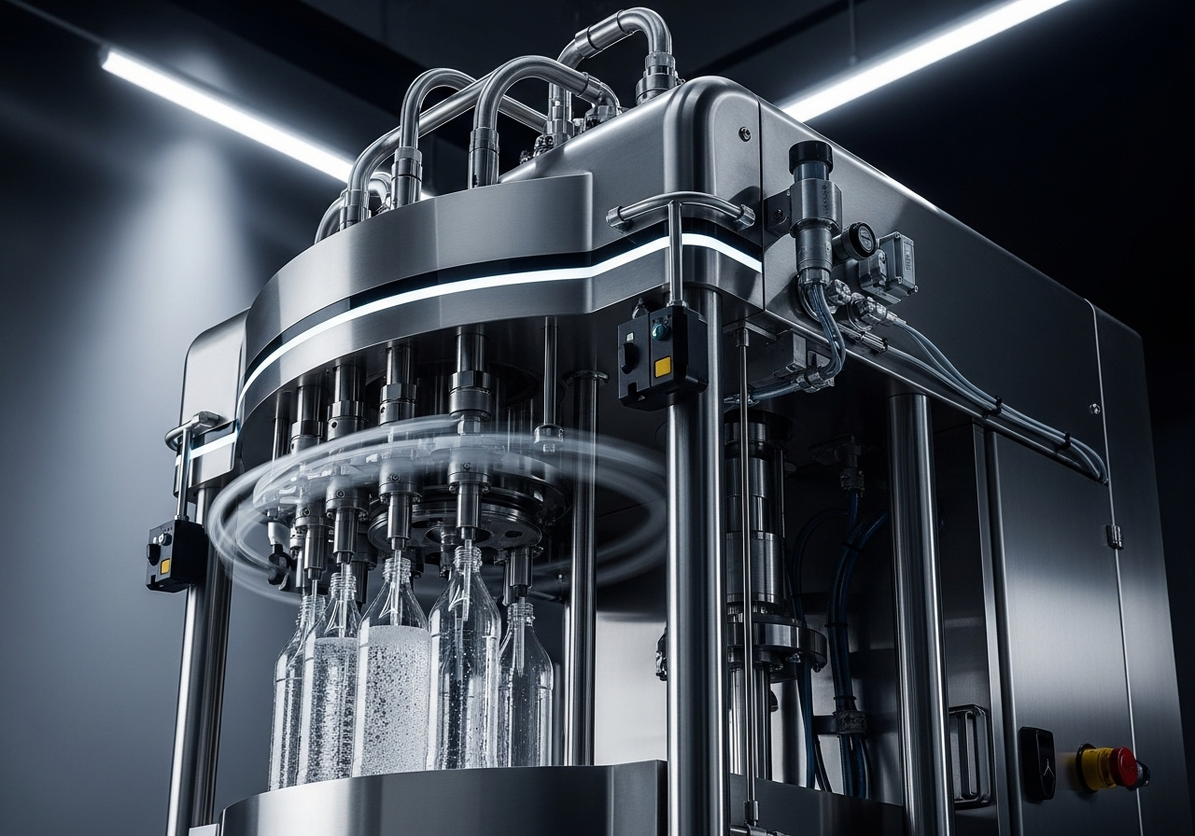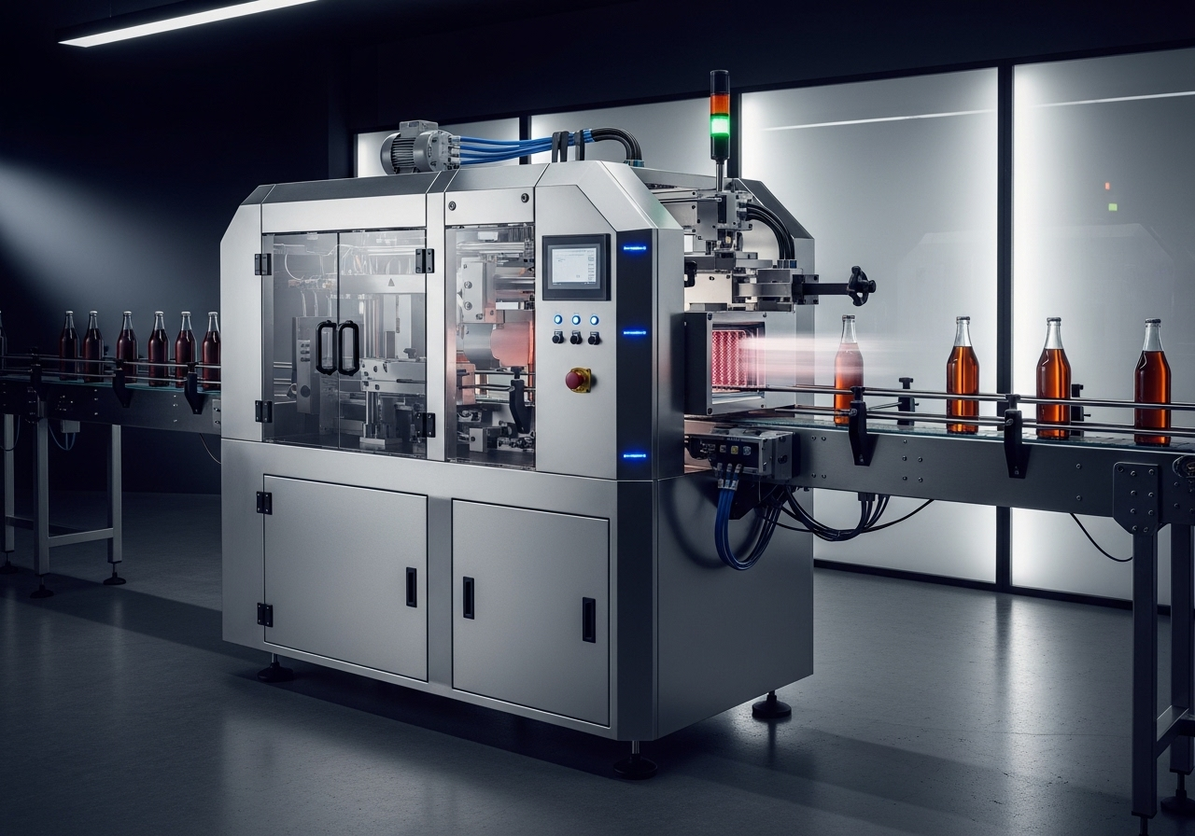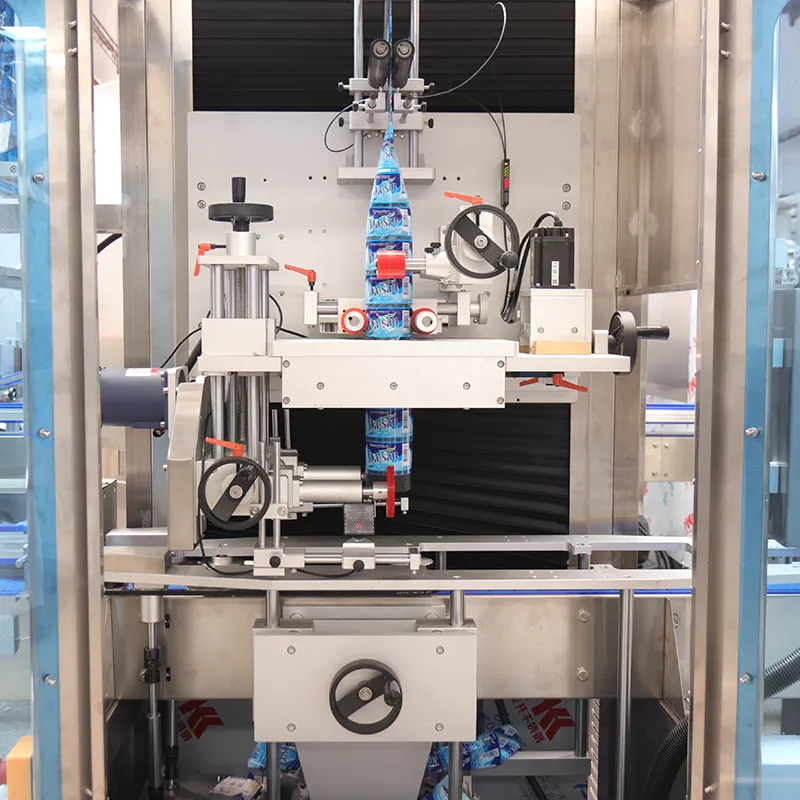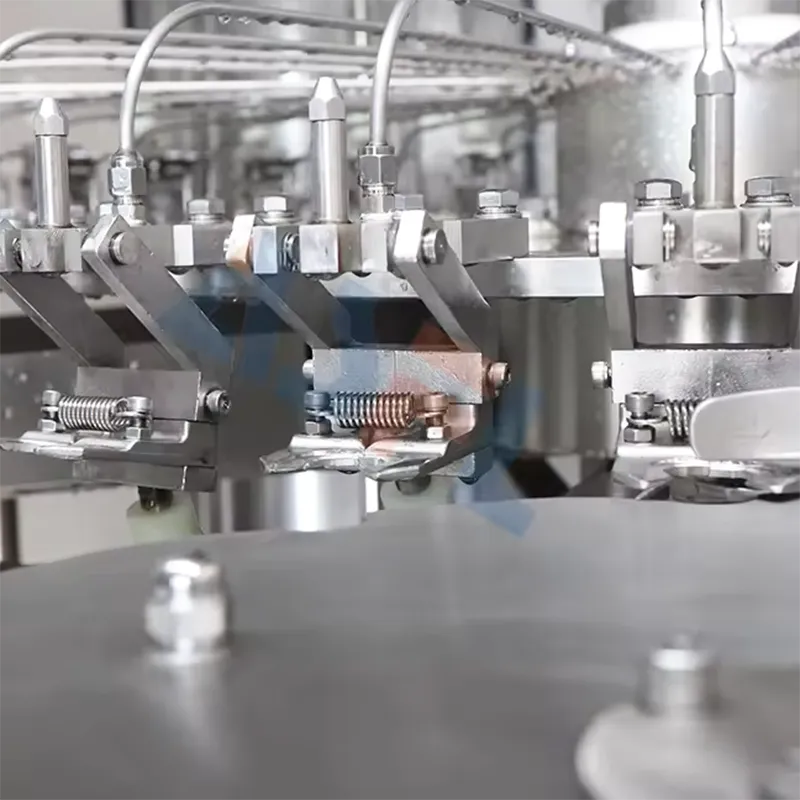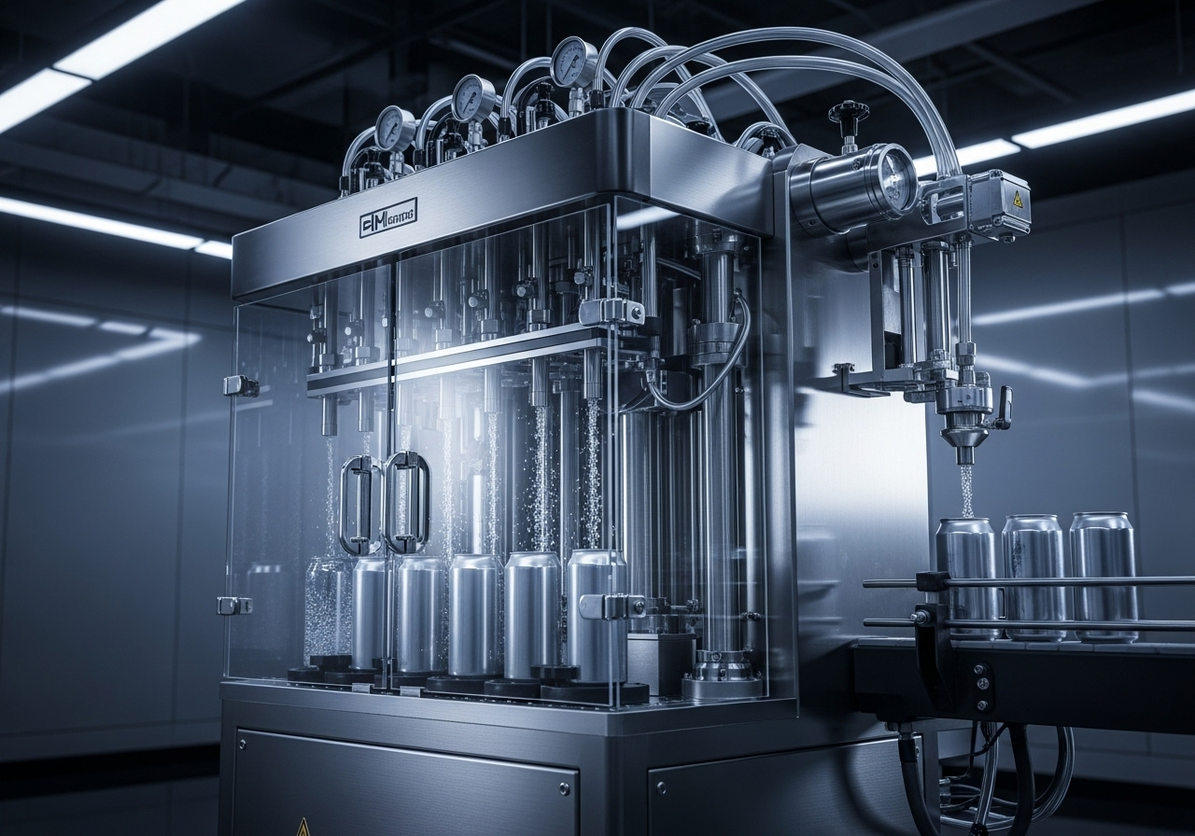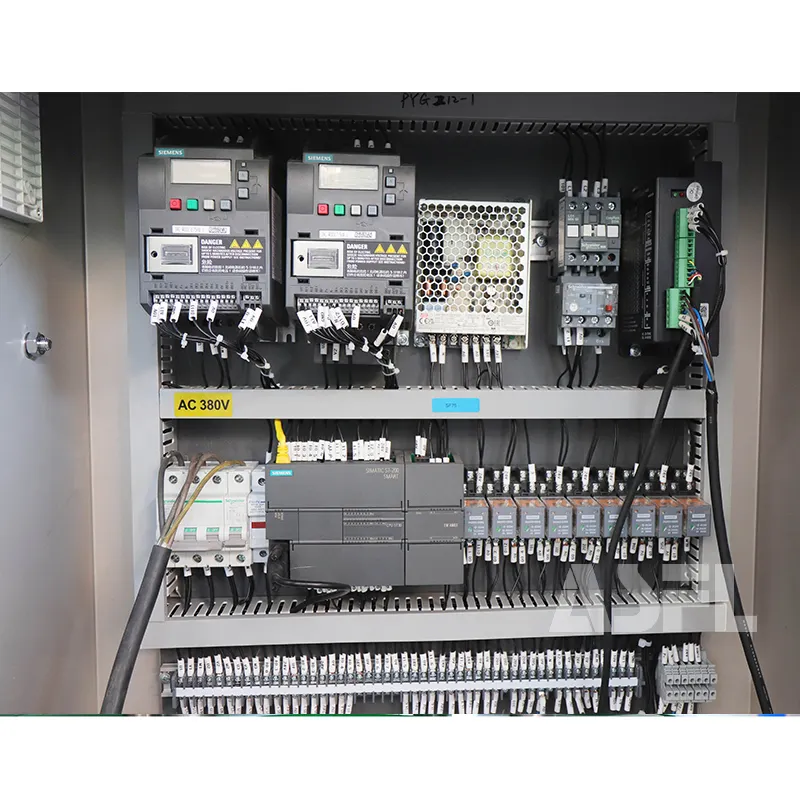Traditional consumer units do a decent job on a kitchen counter; production floors ask for different things. As a quality manager, I look at seal integrity, traceability, sanitation, and compliance before I ever look at speed. That’s why the first question isn’t “How fast?” but “How verifiable?” In this context, ASFL vacuum sealers are built more like instruments than gadgets.
On European lines, we live under CE, food-contact expectations aligned to EU 1935/2004, GMP (2023/2006), and hygiene practices that should survive an auditor’s unannounced visit. I care about vacuum curves, recipe control, audit trails, and whether operators can run validation checks without workarounds.
Below is a practical selection guide—focused on the parameters that affect seal quality and documentation, not just headline throughput. If you’re weighing options, think in terms of proof, not promises.
Performance Parameters Explained
Start with the vacuum circuit. Look at pump flow (roughly 60–200 L/min on mid‑range industrial units), ultimate vacuum (often −70 to −95 kPa relative), and evacuation profile. Chamber systems yield more consistent end‑point pressure; nozzle units (including a snorkel ASFL vacuum sealerealer configuration) give flexibility for odd sizes or long bags but can be more sensitive to bag stiffness and product off‑gassing. Cycle time typically ranges 6–20 seconds depending on bag volume, target vacuum, and whether you add gas flush.
Sealing is more than “it melts.” I look for seal width options (3–10 mm), twin or bi‑active bars for thicker laminates (70–120 μm PA/PE common on meat and cheese), and closed‑loop bar temperature control to avoid overheated, brittle seams. A surprising number of buyers compare specs using retail search phrases like foodsaver vs3180 multi-use ASFL vacuum sealerealer. Consumer benchmarks can be useful, but industrial selection hinges on reproducibility under continuous duty, not one‑off success on a single pouch.
Utilities and construction matter for sanitation and uptime. Typical European installs run 230 V, 50 Hz; noise in the 65–75 dB(A) band is common for floor units. For wet cleaning, I expect IP54 at minimum—IP65 on washdown models is safer if you have open rinse. Duty cycle should support long production windows without thermal drift of the seal bar; ask for thermal stability data over 2–3 hours of continuous operation.
Quality Control Integration
For traceability, I want each pack linked to a batch and a vacuum/seal signature. That means recipe management with version control, operator IDs, barcode capture to tie lots, and event logs that can be exported (CSV, OPC UA history, or direct to MES/LIMS). Seal validation tools—like vacuum curve overlays, leak checks, and periodic seal burst/dye tests—should be baked into the workflow, not parked in a binder. This is what makes audits quicker and FPY credible.
Hygiene is a QC topic too. You’ll see consumer threads about how to clean foodsaver vacuum sealer; in production we need removable drip trays, smooth welds, limited harborage points, and chemical‑resistant materials (AISI 304/316 where it counts). If your team uses peracetic or ethanol wipes, confirm compatibility and drying recommendations. For allergen changeovers, fast panel access and visible, cleanable seams matter more than any headline speed number.
Food and Beverage Applications?
Meat, cheese, and ready meals push different edges of the same triangle: purge control, seal integrity, and shelf‑life consistency. For marinated or high‑moisture products, a chamber model with staged vacuum and gas flush helps control boil‑over and keeps seals clean. Coffee and dry pantry goods benefit from stable end‑vacuum and wide, uniform seals; thinner bags save material cost but need precise temperature control and clean bar pressure.
Allergen and label‑claim risk is real. If you run dairy in the morning and plant‑based SKUs in the afternoon, prioritize changeover mechanics and recipe‑locked parameters. Niche requests pop up too—such as a vacuum sealer for weed—and in jurisdictions where that’s legal, barrier properties and odor control become more important than sheer vacuum depth. Always check local regulations before considering such SKUs on a shared line.
For Europe, align consumables with EU food‑contact requirements and document supplier declarations of compliance. During validation, archive sample vacuum curves and seal peel tests per format; auditors often ask for a representative spread—showing consistency, not just the best run of the day.
Better Data and Visibility
Data is your friend when a complaint arrives months later. Look for OPC UA or MQTT to feed your historian, plus Ethernet/IP or Modbus TCP for PLC integration. Per‑pack vacuum curves stored by lot, user, and recipe give you evidence when you need it. On some ASFL configurations, a 7" HMI lets you overlay curves across shifts and flag drift before it shows up as a quality spill. As ASFL engineers have observed on multi‑SKU lines, early warnings often come from small shape changes in the evacuation profile.
Diagnostics should be as practical as a multimeter. If you’ve ever typed foodsaver vacuum sealer not turning on into a search bar, you know the pain of black‑box devices. Industrial gear should expose vacuum sensor health, bar temperature, air pressure, and I/O status on one screen, plus readable alarm codes. Tie that to your maintenance CMMS, and you get a traceable trail from anomaly to action. Close your selection loop by confirming that exported logs are human‑readable and that retention settings match your quality policy; that’s where ASFL earns its keep at audit time.


